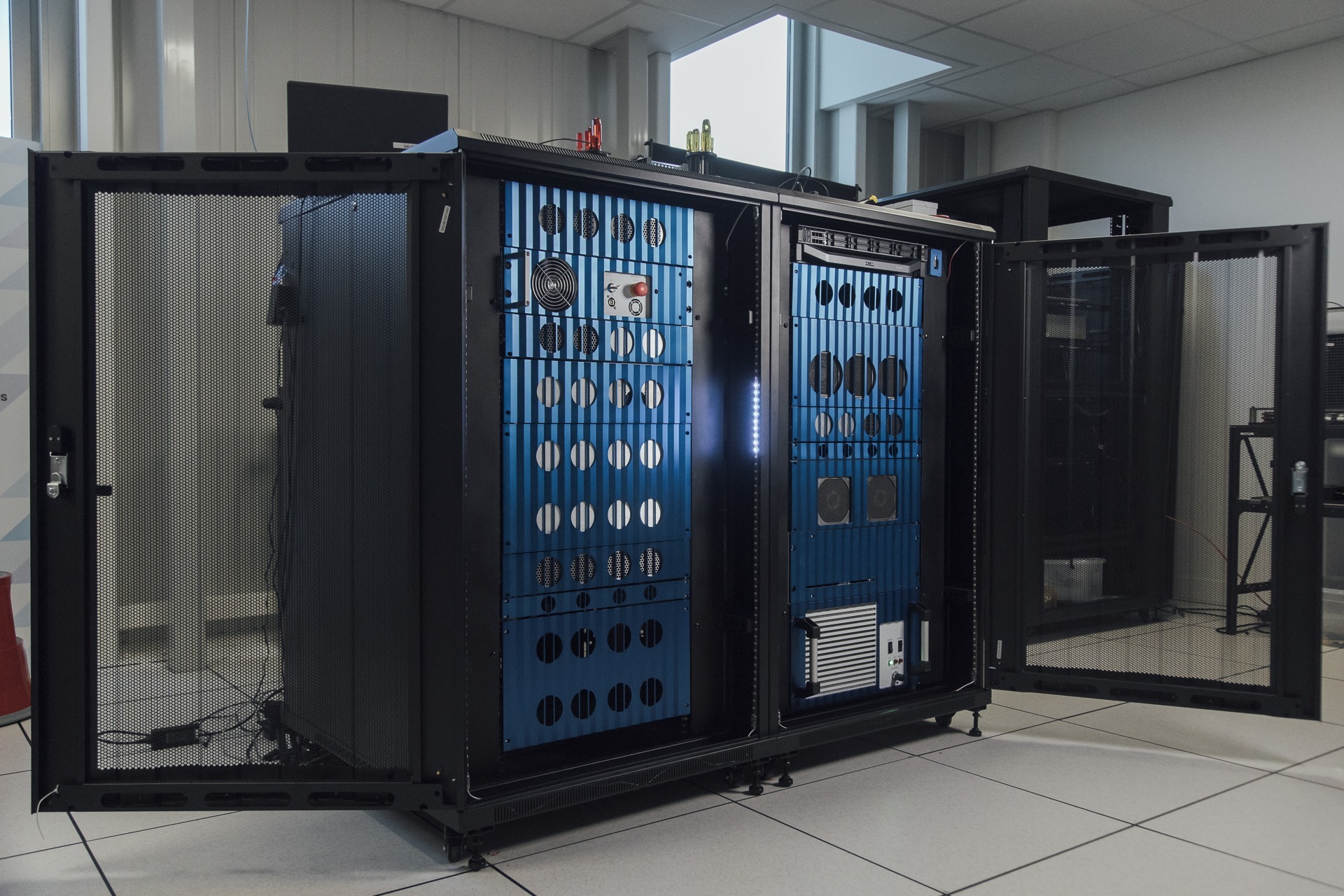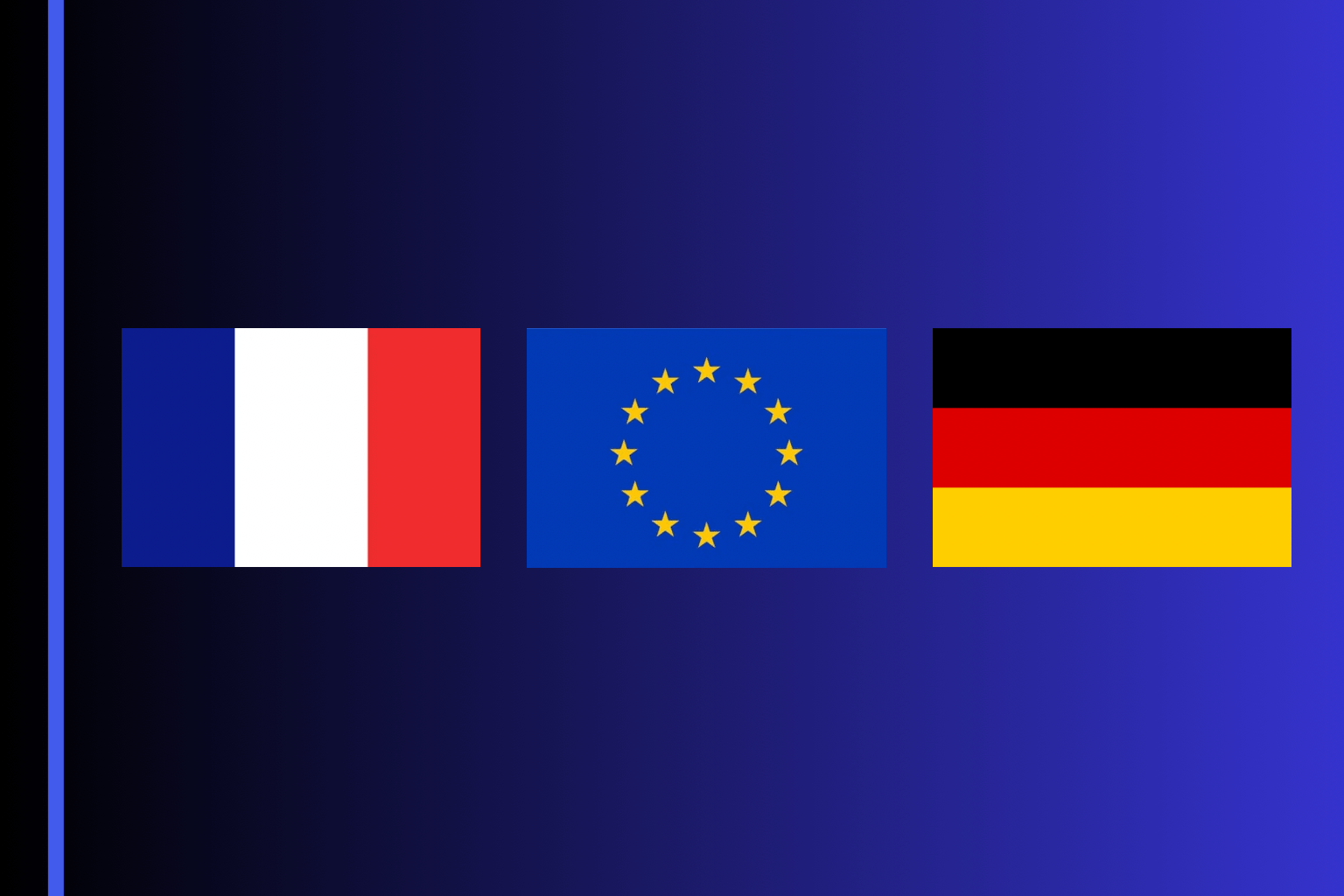- An exponential growth: 4,000 times more powerful than the previous generation
- A new technological milestone just two years after the launch of the first photonic quantum computer in the cloud
- Qubits expected to double within a year, multiplying power by 16 million
Paris, May 22nd 2025 – Quandela, the leader in quantum computing, announces the launch of Belenos, the world’s most powerful photonic quantum computer. This is a key milestone in the company’s Roadmap 2030, which is on track to meet its ambitious timeline. Accessible to commercial and industrial partners in the cloud, Belenos offers 4,000 times more computing power than the previous generation, unveiled just two years ago with the launch of the first photonic quantum computer in the cloud. The first fully integrated version will be delivered in a supercomputer at the end of 2025.
Exponential growth in computing power
Based at Quandela’s headquarters in Massy near Paris, Belenos is now available in the cloud to more than 1,200 researchers and partner companies in 30 countries: nearly two-thirds of them are European (40% French), with a significant share of the user base located in North America and Asia.
This new generation of quantum computer, with its 12 photonic qubits, represents a major technological advance compared with the previous 6-qubit version launched at the end of 2022. This progress far exceeds Moore’s Law, which predicts a doubling in the performance of conventional processors every two years.
The next generation, called Canopus, expected in just one year’s time, will double the number of qubits once more, resulting in a 16 million-fold increase in computing power. Within three years, Quandela plans to develop a quantum computer with more than 40 qubits, whose power will exceed the simulation capabilities of any conventional computer.
Revolutionary real-life applications
This technological leap means that innovative algorithms can now be tested on physical machines to speed up certain AI calculations, such as image classification and generation, as demonstrated during the BMW-Airbus challenge which Quandela won in December 2024. As a result, hundreds of international researchers working on the company’s cloud platform can now explore new frontiers, particularly in the field of quantum machine learning (QML).
While education and research represent a solid basis for the activity of Quandela’s partners, the business community is showing promising momentum, and already accounts for 25% of uses, illustrating the accelerating adoption of quantum technologies in the private sector.
The following use cases already identified by EuroHPC will benefit from HPC-Quantics coupling: electromagnetic simulation, structural mechanics, combustion in engines, materials simulation, meteorology and earth observation.
A first integrated version will be delivered to EuroHPC/GENCI and operated at the CEA’s Très Grand Centre de Calcul (TGCC) by the end of 2025.
A timeline that delivers on its promises with an ambitious vision
The commissioning of Belenos demonstrates Quandela’s ability to meet its bold agenda. This step is in line with the technological roadmap to 2030 unveiled last autumn (see press release of 11 October 2024).
« We are extremely proud of this new development. Cloud access to Belenos now offers to our partners the possibility to explore use cases where the speed of calculation and the number of computational operations per data point are essential; these capabilities, offered by Belenos, are inaccessible to the competition. This paves the way for concrete applications in machine learning and at the interface between AI and quantum, in sectors that are as varied as they are strategic for the future », declares Niccolo Somaschi, co-founder and CEO of Quandela.




